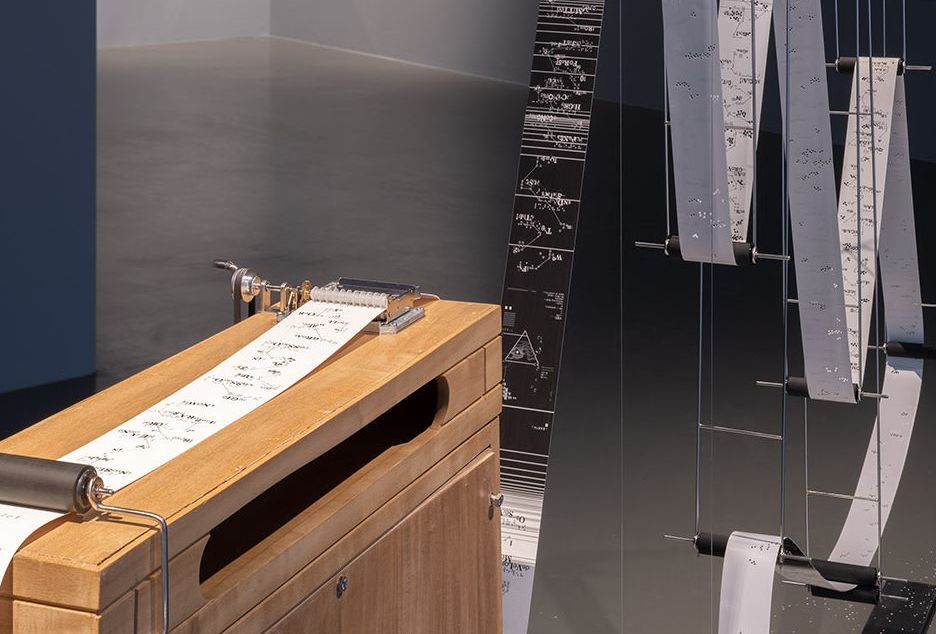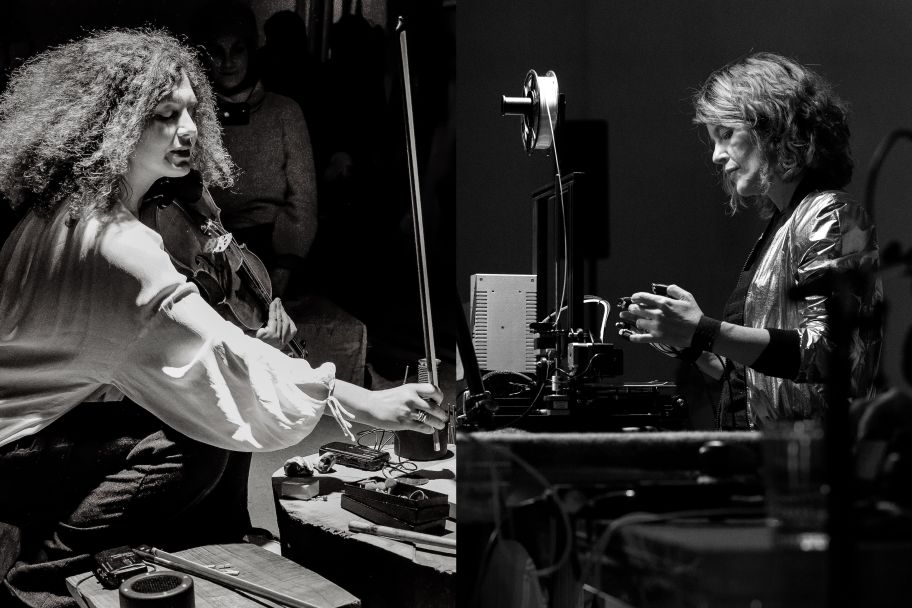Spain / USA, Music & Sound, 2022
Merche
Blasco

It shrieks harshly like a fingernail scraping a rough metal surface; it clatters noisily like a washing machine’s spin cycle; it sounds as harmonious as two LFO waves on a perfectly adjusted synthesizer: while the analogies for Merche Blasco’s music do somehow make sense, they also confine the sounds produced and curtail their potential to do something other than merely reflect an existing reality. Her music evokes a world where contradictions are not resolved but peacefully co-exist; where sounds do not represent anything but are significant in their own right—and where listening is just as important as what is heard.
For the Spanish-born musician, listening is where it all begins. Blasco’s most recent, three-act work, Vibrant Strata (2021), which she presented at The Shed in Manhattan, New York, was also preceded by an intensive listening process. This began, in her customary manner, with an exploration of the acoustic surroundings in the modern art complex, during which she used self-built antennae to detect electromagnetic waves that are imperceptible to the human ear.
In Act 1 of Vibrant Strata, this exploratory process becomes part of the performance. A diffuse electrical sound, reminiscent of the interference produced when a cellphone comes near a loudspeaker, is the leitmotif with which Blasco’s musical collaborators interact. The second and third acts also live off interaction. In Act 2, Blasco amplifies the vibrations of a 3D printer with mini-antennae worn on her fingers, and in the third and final act, dancer Miriam Parker moves through the space, using two wearable instruments to communicate physically and acoustically with the surroundings.
Vibrant Strata is a good example of what drives Blasco’s practice; she examines the extent to which ideologies are embedded in technologies—a topic she is currently researching for her PhD—and seeks to establish a new relationship between human and non-human worlds. She has been constructing a series of devices to not only render the imperceptible energies of everyday life audible, but to interact with them, creating a world where things and people enter into new, non-hierarchical relationships.
Blasco pursues these aims with playful curiosity rather than scholarly earnestness. As well as objects and invisible energies, the self-taught musician includes the audience in her performances. For the piece, Honk210Hz (2015), which was implemented with a choir in New York in 2015, in a space overlooking a highway, audience members were given graphic scores with specific instructions on how to perform with surrounding traffic: “Shake the maraca if you see a black car,” for example, or “If you see a motorcycle, laugh out loud.” The noise of city traffic, the voices of a choir, the laughter of hundreds of people: this music not only creates a beautiful sound, but also offers a new perspective on the world we live in.
Merche Blasco has presented her work at the Whitney Museum of American Art, The Shed, Sonar Festival in Barcelona, the Venice Biennale, NIME conferences, Mapping Festival in Geneva, Queens Museum of Art, and the Museum of Contemporary Art in Santiago de Chile, among others.
Text: Philipp Rhensius
Translation: Jacqueline Todd









